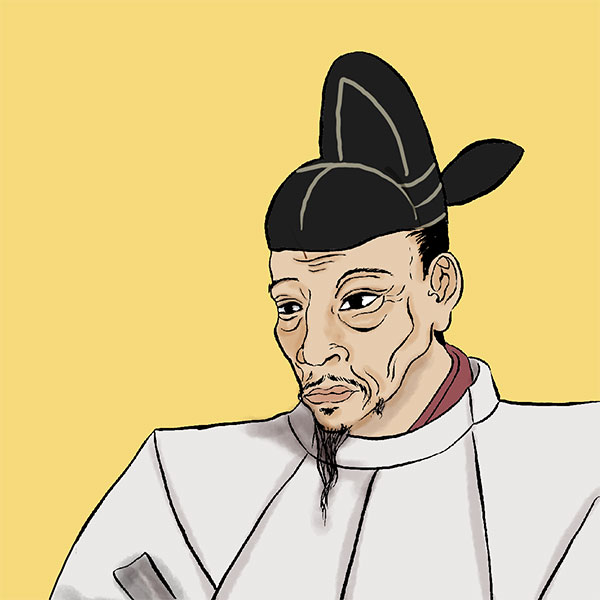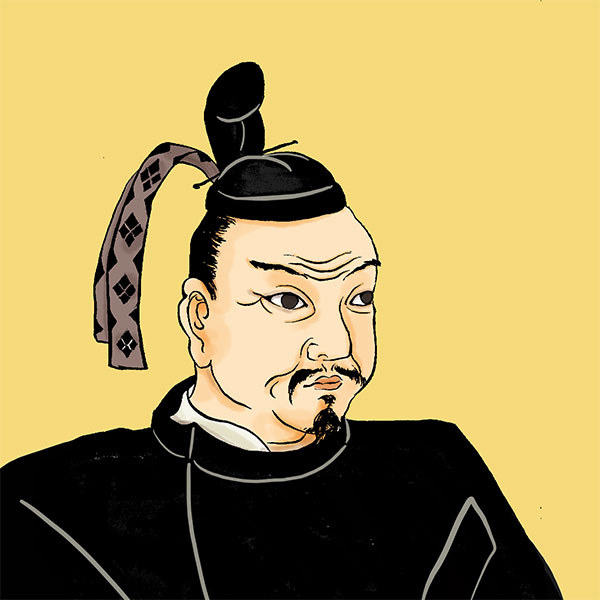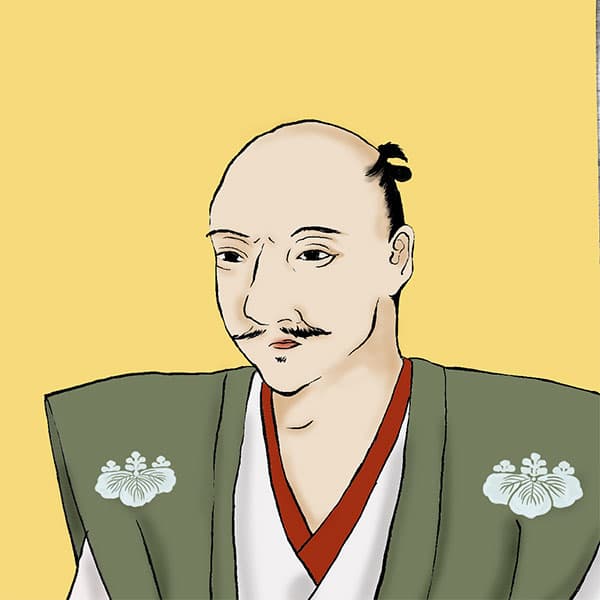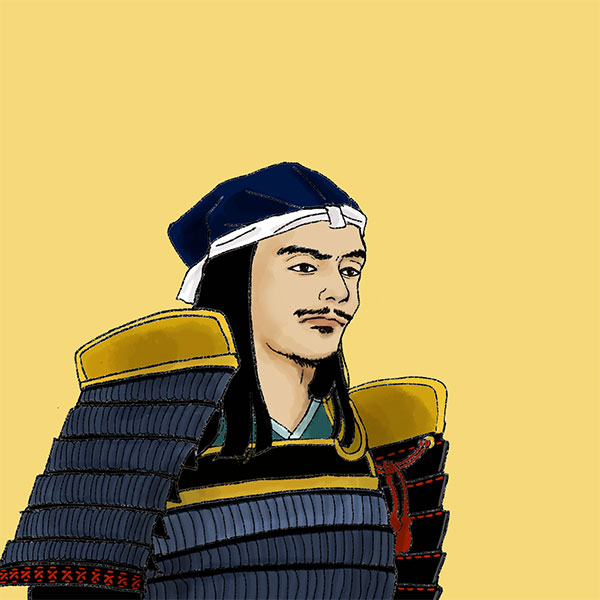Battle of Tottori Castle (1/2)“Thirst killing” due to the worst siege battle in history
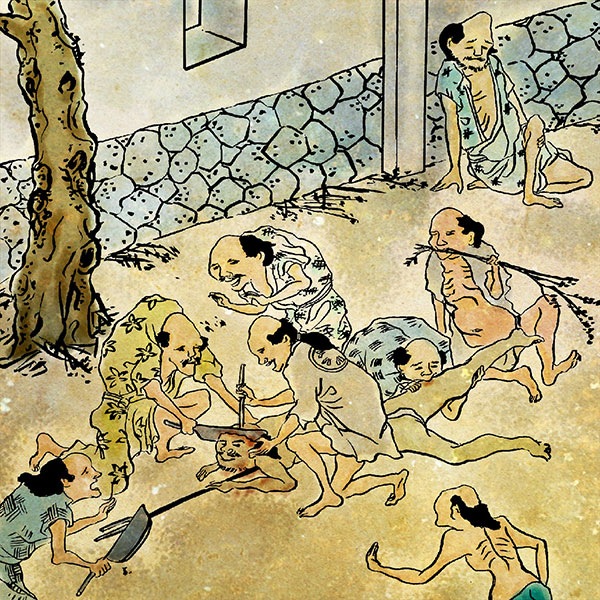
Battle of Tottori Castle
- Article category
- case file
- Incident name
- Battle of Tottori Castle (1580-1581)
- place
- Tottori prefecture
- Related castles, temples and shrines

Tottori Castle

Kawahara Castle
During the Sengoku period, many siege battles were fought, but the most famous siege battle in the San'in region was the one in 1581 when Toyotomi Hideyoshi attacked Tottori Castle (currently Tottori City, Tottori Prefecture). It would be "The Thirst Killer of Tottori Castle." The Battle of Tottori Castle is known as one of Toyotomi Hideyoshi's three major castle attacks, along with the ``Takamatsu Water Attack'' that attacked Bitchu Takamatsu Castle (Okayama City, Okayama Prefecture) and the ``Miki Hoshisatsu'' of Miki Castle (Miki City, Hyogo Prefecture). It is said that the people who barricaded themselves in Tottori Castle were cornered to the point where they ate human flesh. This time we will look at the Battle of Tottori Castle.
Why did the Battle of Tottori Castle occur? ~Hideyoshi's attack on China~
The Battle of Tottori Castle was fought twice as part of Toyotomi Hideyoshi's ``invasion of China,'' and the second battle is especially famous for its hellscape-like siege battle.
In 1577, Oda Nobunaga attacked the Chugoku region, which was the area of influence of the Mori clan. Nobunaga and the Mori clan maintained friendly relations during the era of Motonari Mori, but their relationship deteriorated during the era of Terumoto Mori, who succeeded Motonari. The cause of this was the general, Yoshiaki Ashikaga.
Yoshiaki, who was an enemy of Nobunaga, stormed Bingo Kunitomo (Fukuyama City, Hiroshima Prefecture), which was ruled by Terumoto, and asked for Terumoto's protection and restoration of the shogunate. At first, Terumoto was reluctant to protect Yoshiaki, thinking that it would worsen his relationship with Nobunaga and that he would not want to be drawn into the central government struggle, but in the end he accepted Yoshiaki's protection. At that time, the relationship between the two families was gradually deteriorating, with Nobunaga supporting the enemies of the Mori clan and Nobunaga expanding westward and threatening the Mori clan, but the acceptance of Yoshiaki caused a conflict between the two families. Needless to say, this was the decisive cause. Terumoto also participated in the Third Nobunaga Siege Network and became completely hostile to Nobunaga. During the ``Ishiyama Battle'' between Ishiyama Honganji and Nobunaga's forces, which lasted for about 10 years starting in 1570, he supplied supplies to the Honganji side.
In 1577, the Mori clan led by Terumoto began a full-scale invasion of Harima Province (southwestern Hyogo Prefecture). In response, Nobunaga ordered Toyotomi Hideyoshi to attack China. In fact, just before this, during the Battle of Tedorigawa to capture the Uesugi clan, Hideyoshi violated military discipline by withdrawing his troops due to a disagreement with Katsuie Shibata. The Battle of Tedorigawa was a defeat for Nobunaga's army. Nobunaga was enraged by this and blamed Hideyoshi, but later, because Hideyoshi took credit for subjugating Hide Matsunaga, he was forgiven by Nobunaga.
Thus, Hideyoshi began his invasion of China. He attacked Harima Province and Tajima Province (northern Hyogo Prefecture), and made Himeji Castle, which he had inherited from Kuroda Kanbei, his base for attacking China. After that, Naoie Ukita of Bizen (southeast of Okayama Prefecture, etc.) and Mimasaka (northeast of Okayama Prefecture) were subjugated. The attempt to pacify China was temporarily interrupted due to a rebellion by Murashige Araki of Settsu Province (most of north-central Osaka Prefecture and southeastern Hyogo Prefecture) that occurred from 1578 to the following year, but the country continued to attack China. I am.
Invasion of Inaba Province, First Battle of Tottori Castle
Now, in 1580, Toyotomi Hideyoshi invaded Inaba Province (eastern part of Tottori Prefecture). In June, Hideyoshi besieged Tottori Castle with a large army of 20,000 soldiers. This is commonly known as the ``First Battle of Tottori Castle,'' and a siege battle was also held at this time. The lord of the castle at that time was Toyokuni Yamana. In the end, after being confined for three months, Toyokuni ignored his senior vassals Harutsugu Nakamura and Doyo Morishita, who insisted on a complete resistance, visited Hideyoshi alone, surrendered, and swore an oath of servitude to Nobunaga Oda. .
Toyokuni Yamana joined the Oda side, but his vassals such as Nakamura Haritsugu and Morishita Michiyo who remained at Tottori Castle remained on the Mori side and did not forgive Toyokuni. For this reason, the vassals expelled Toyokuni. Instead, Harushige Ushio from the Mori side joined the castle as the castle commander. After that, several castle commanders changed, and in May 1581, Tsuneie Yoshikawa, the eldest son of Tsuneyasu Yoshikawa, the head of the Iwami Yoshikawa clan, was sent by the Mori side to lead the castle. It is said that at this time, Tsuneie entered the castle along with his own bucket, which shows the extent of his determination.
By the way, there are various theories about Toyokuni Yamana's movements in this area.In fact, he did not want to surrender to Nobunaga, so he contacted Motoharu Yoshikawa and asked for support, and one theory is that he was still in the castle when Tsuneie Yoshikawa came, and that Oda There is a theory that he fled after failing to inform the authorities. Furthermore, Toyokuni later participated in the Second Battle of Tottori Castle as a member of Hideyoshi's army. It survived the Battle of Sekigahara and lived until the Edo period.
Second Battle of Tottori Castle ① Preparing for a food offensive
Toyotomi Hideyoshi, who had conquered Tajima and Harima provinces, launched another attack on Tottori Castle in June 1581. This is the "Second Battle of Tottori Castle." Hideyoshi launched a ``provision attack'' against Tottori Castle, causing the castle to run out of food. To this end, before attacking the castle, a merchant fleet was dispatched from Wakasa Province (southern Fukui Prefecture) to Inaba Province, and they bought up all the rice around Tottori Castle at several times the normal price. Furthermore, more than 2,000 farmers near Tottori Castle were driven to the castle, increasing the number of people in the castle. As a result, Tottori Castle grew from about 1,500 soldiers to over 2,000 farmers, making it a large household of about 4,000 people.
Tsuneie Yoshikawa of Tottori Castle tries to prepare for sequestration. Tottori Castle is a strong mountain castle located on Mt. Hisamatsu at an altitude of 263 meters, and the surrounding area is covered in heavy snow in November, making it difficult to march. They thought that if they could hold out until winter, they would not lose to the Oda army. Furthermore, I had high hopes for the reinforcements of Motoharu Yoshikawa.
However, when they try to prepare for the siege, many farmers have fled into the castle, and it is difficult to obtain food due to poor harvests in recent years and Hideyoshi's hoarding. According to one theory, the rice stockpiled at Tottori Castle was also sold during the panic buying, and the stockpiled rice at the castle may not last until January. In the end, Tsuneie had no choice but to begin siege with only a small amount of reserves.
Second Battle of Tottori Castle ② Triple siege network
Hideyoshi departed Himeji Castle on June 25th with approximately 20,000 (some say 30,000) soldiers and arrived in Tottori on July 12th. The main camp was set up on Mt. Taishaku on the east side of Tottori Castle. It still remains as ``Taikogahira'' today, and it appears to have been a fairly solid earthen fort, with an earthwork up to 5 meters in height surrounded by a moat.
The article on the Battle of Tottori Castle continues.

- WriterNaoko Kurimoto(Writer)I am a former travel industry magazine reporter. I have loved history, both Japanese and world history, since I was a child. I usually enjoy visiting temples and shrines, especially shrines, and often do ``pilgrimages to sacred places'' themed around historical figures. My favorite military commander is Ishida Mitsunari, my favorite castle is Kumamoto Castle, and my favorite castle ruins is Hagi Castle. My heart flutters when I see the ruins of battle castles and the stone walls of castle ruins.



